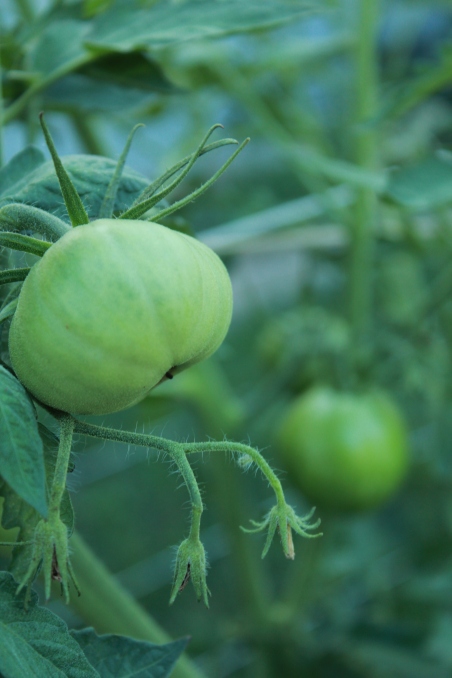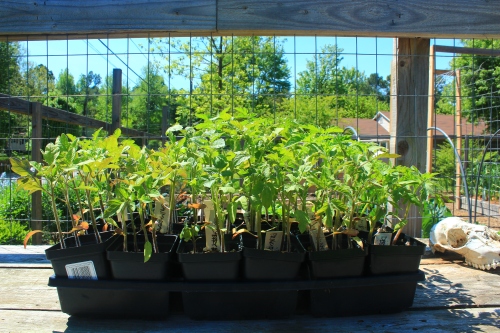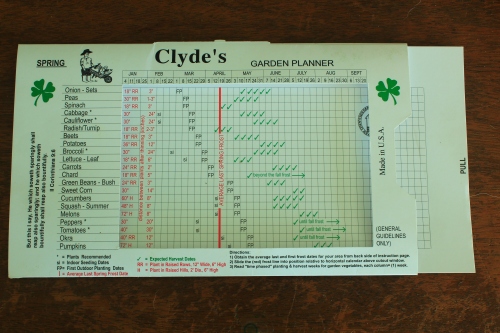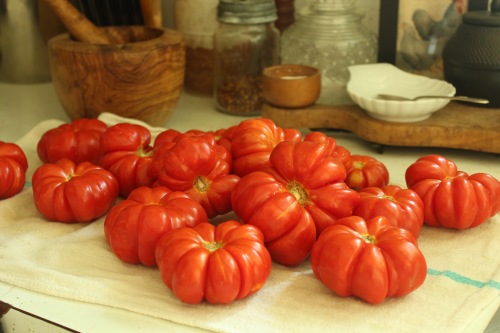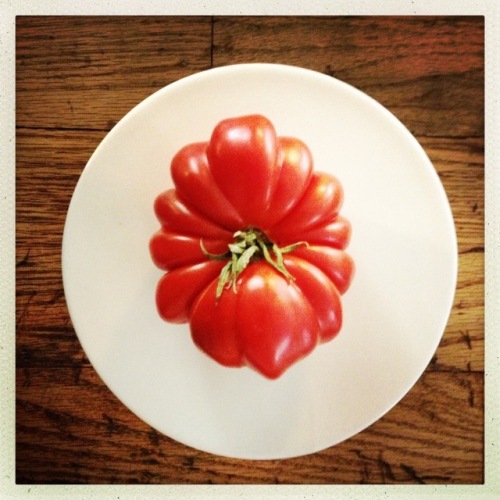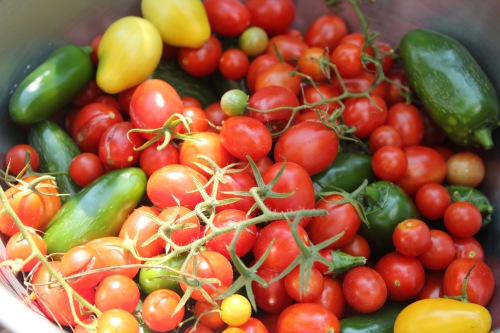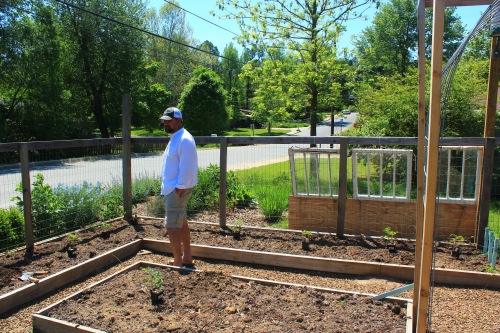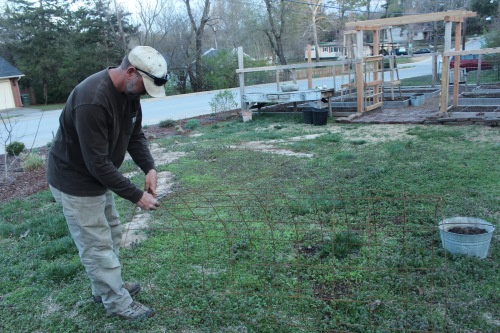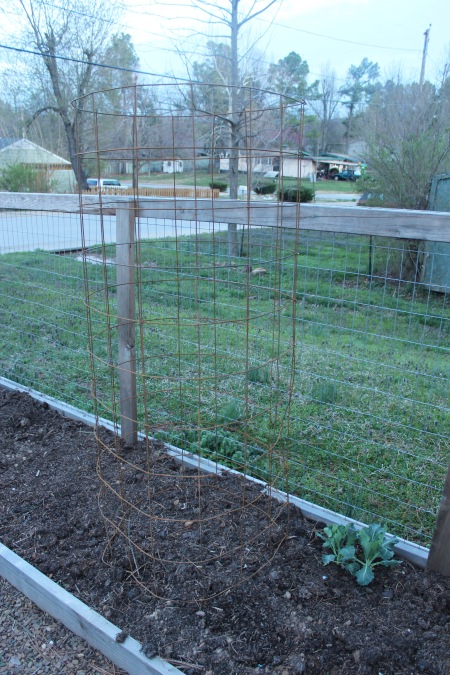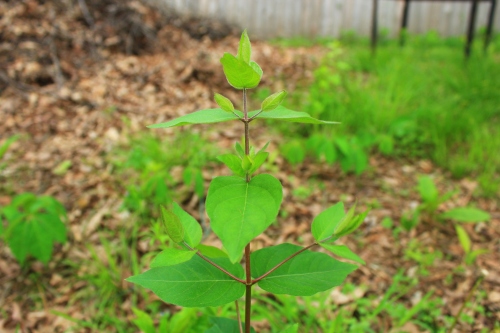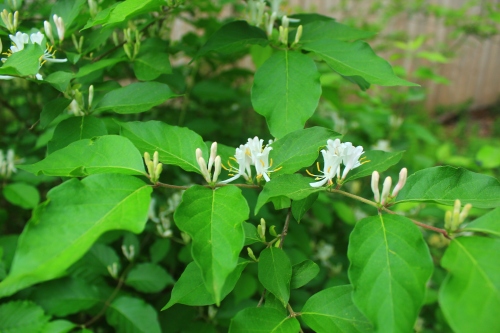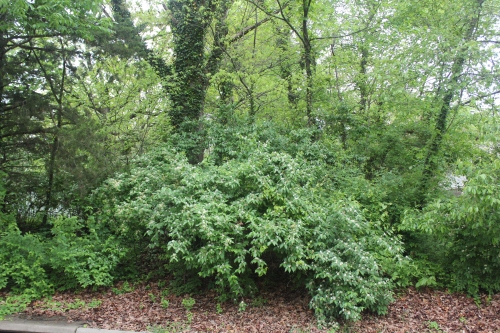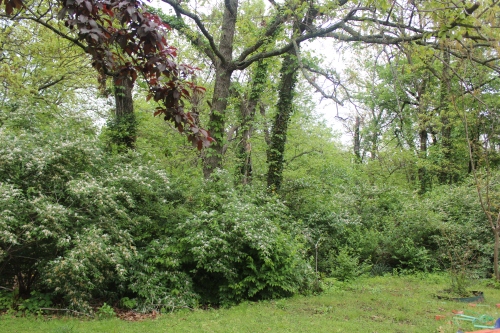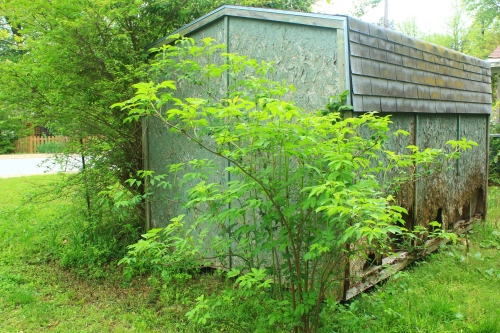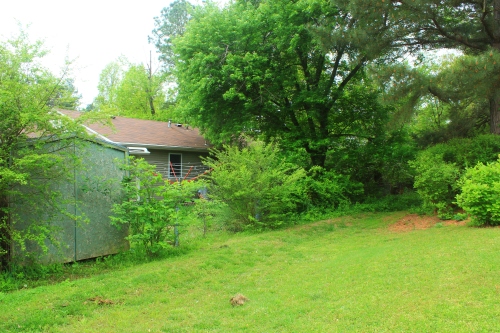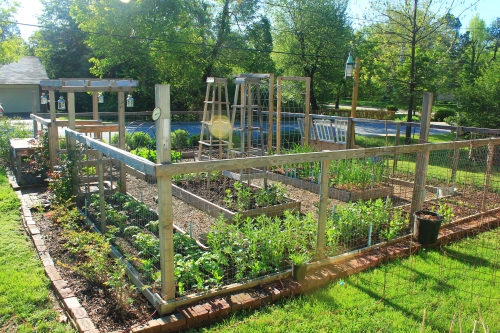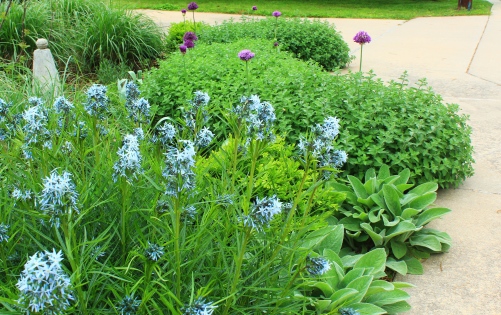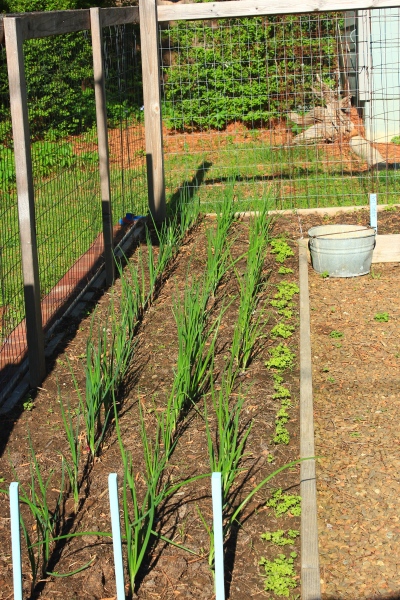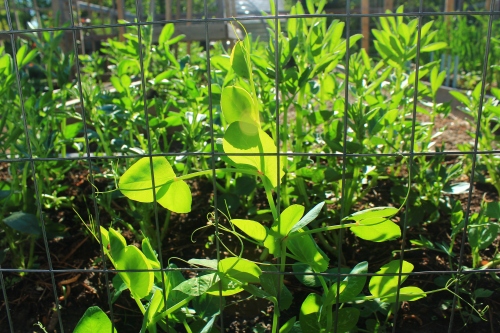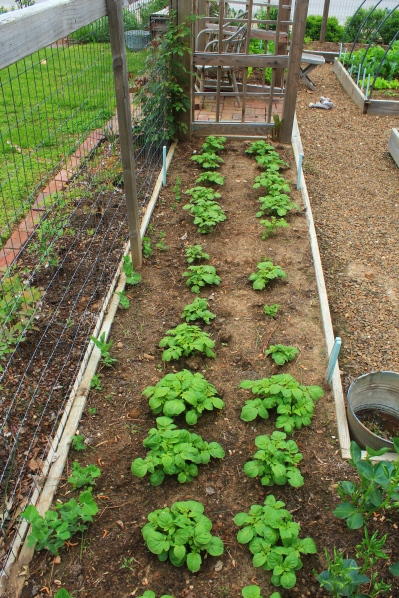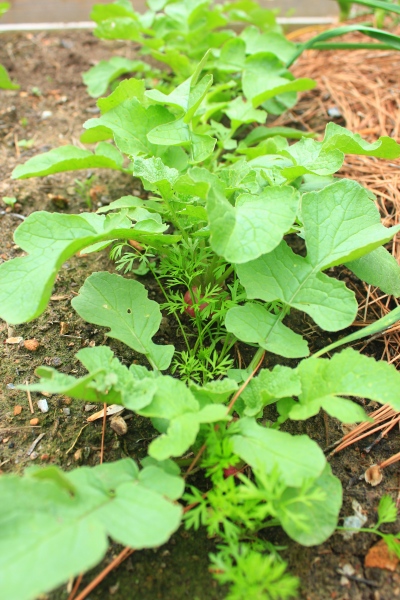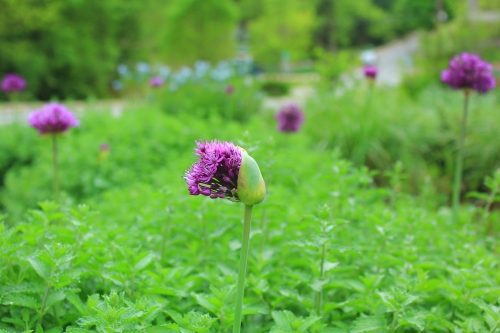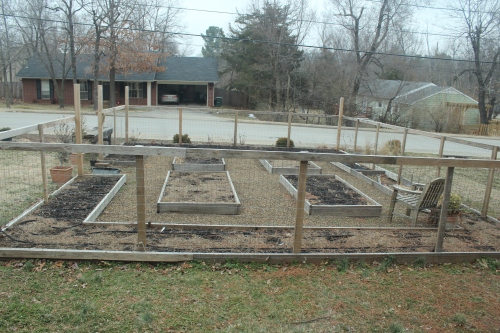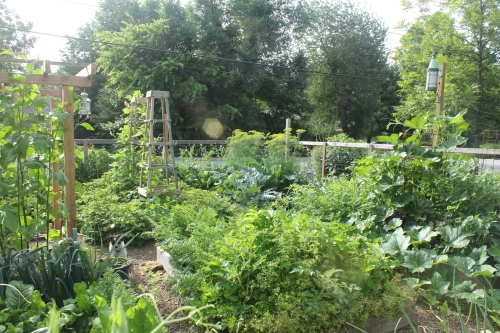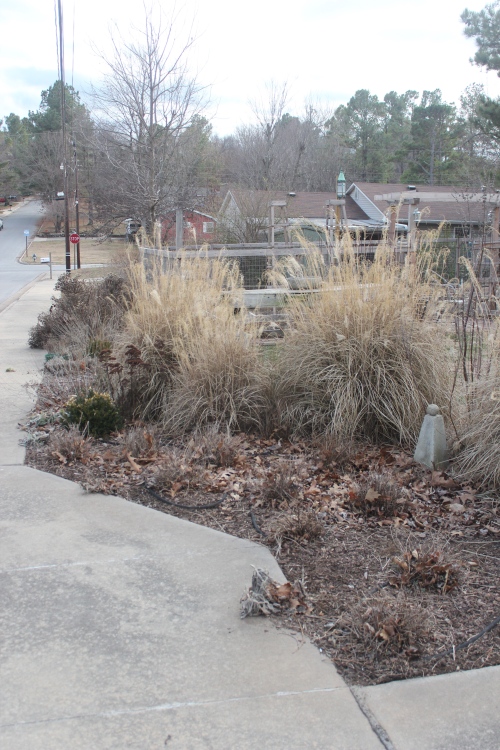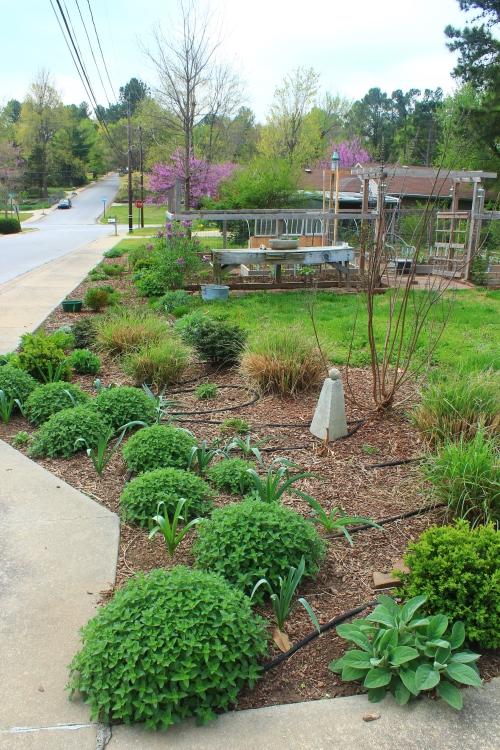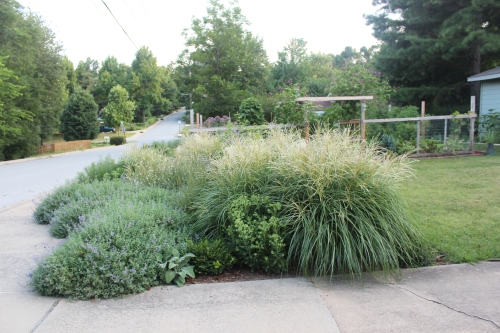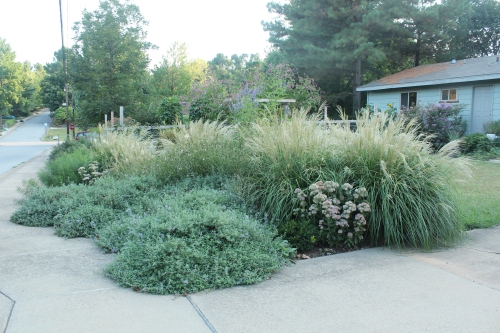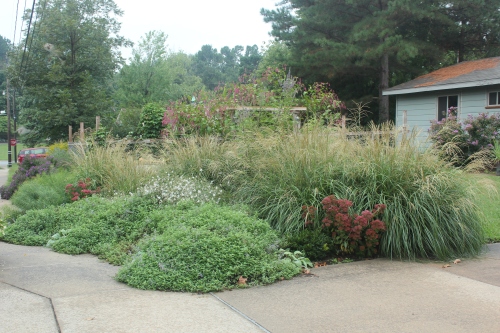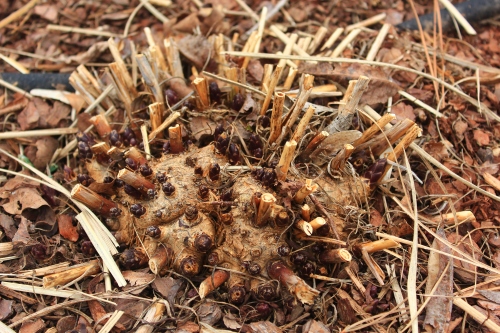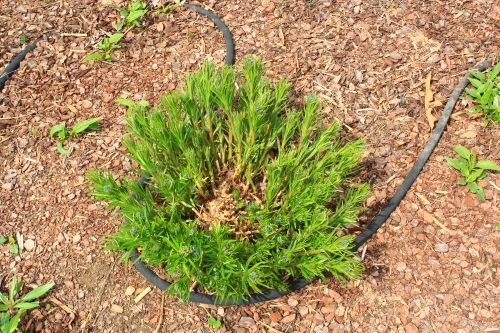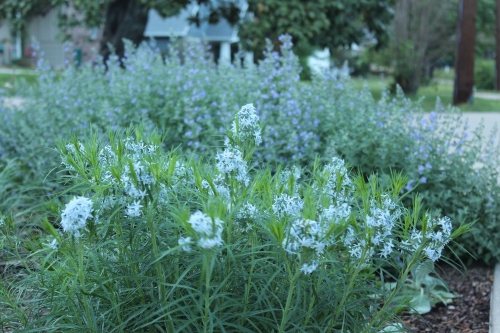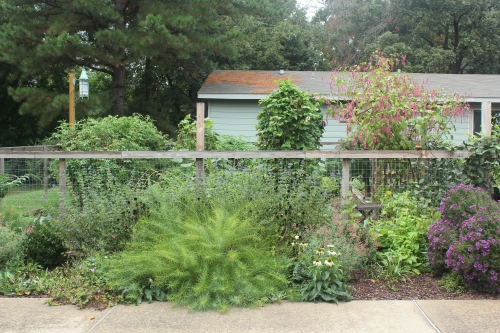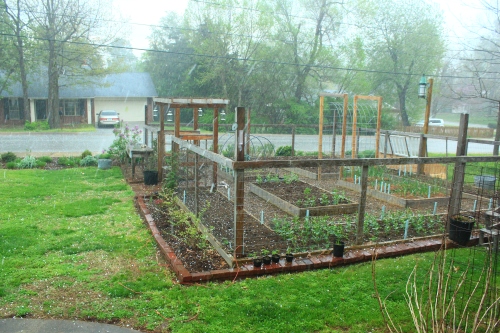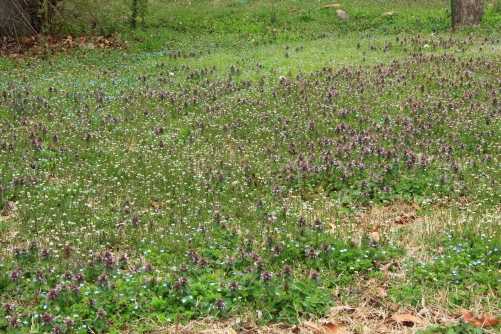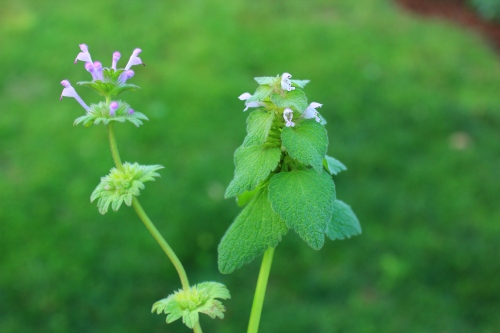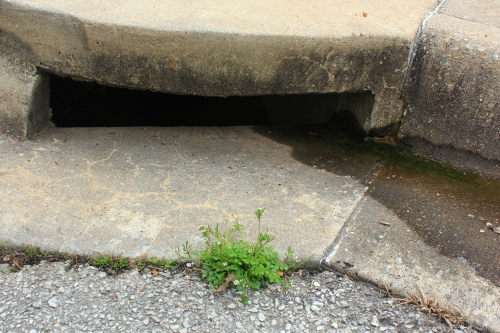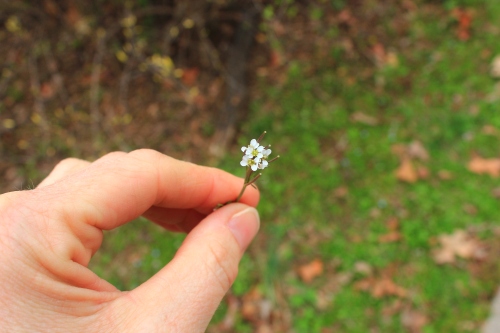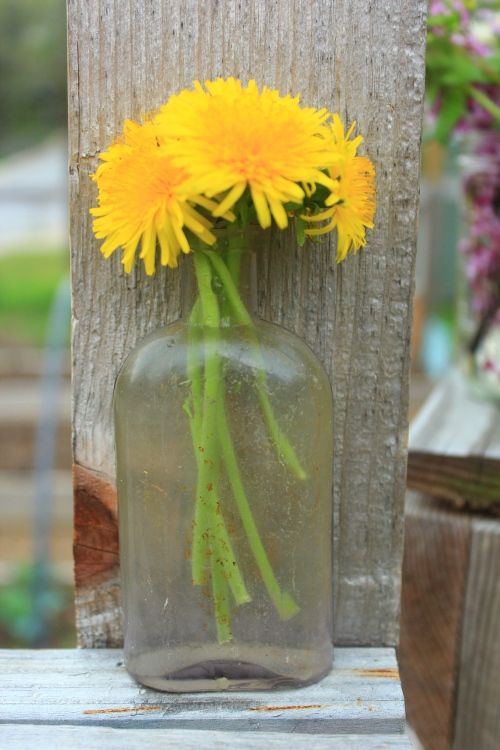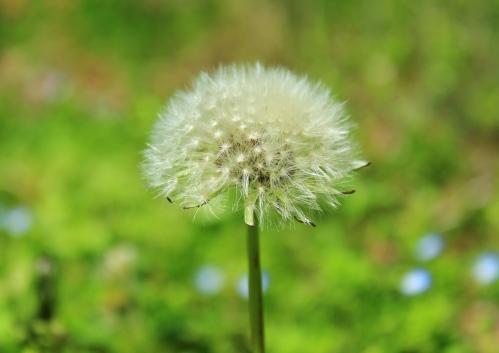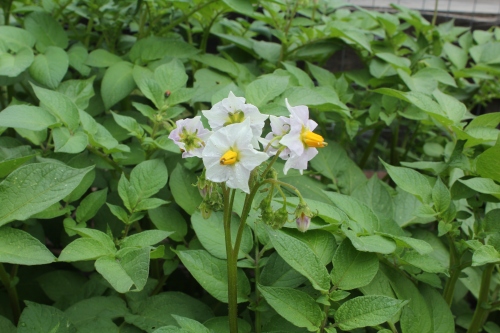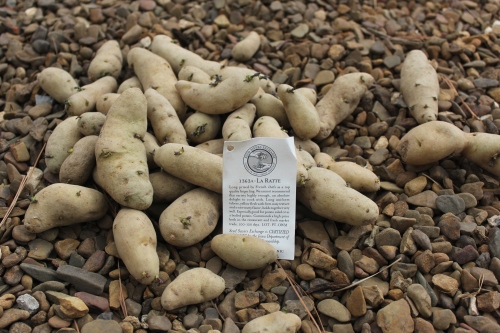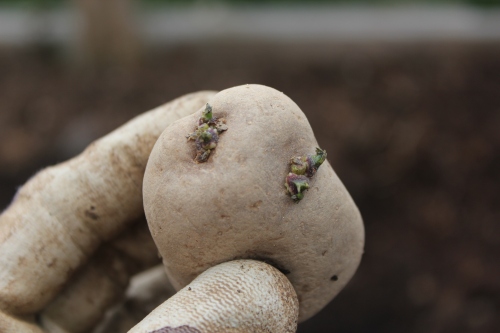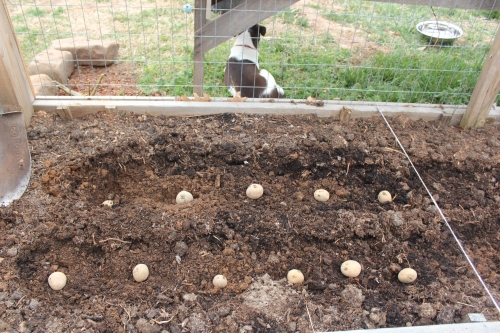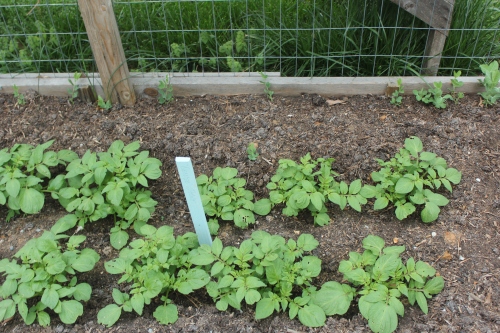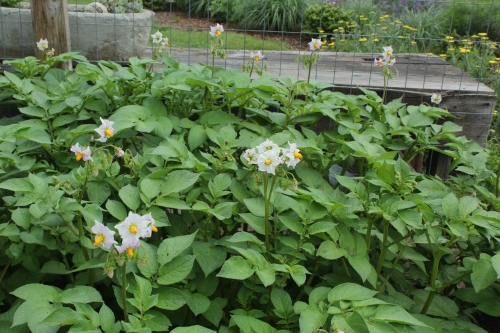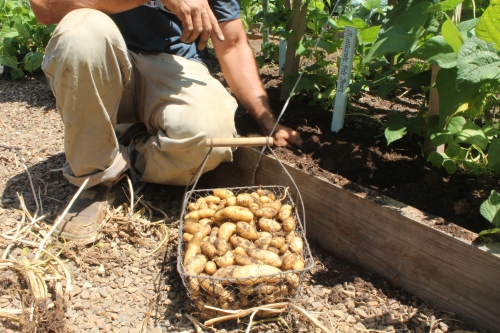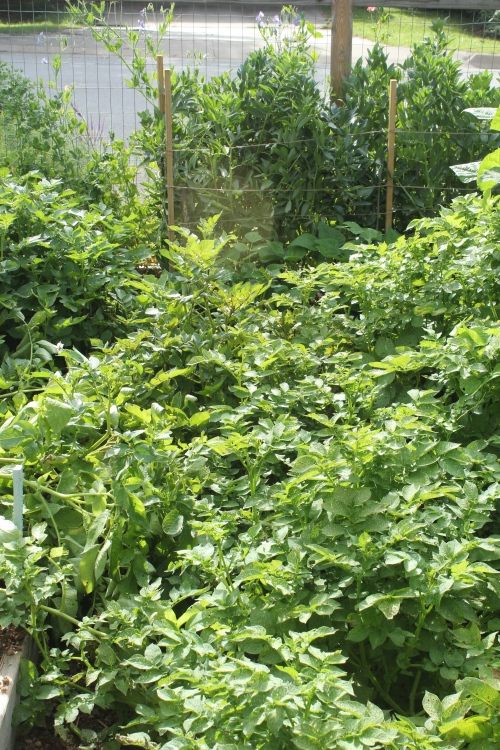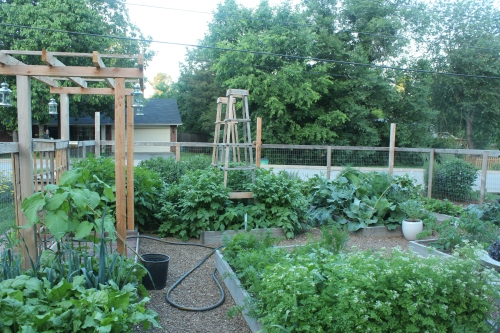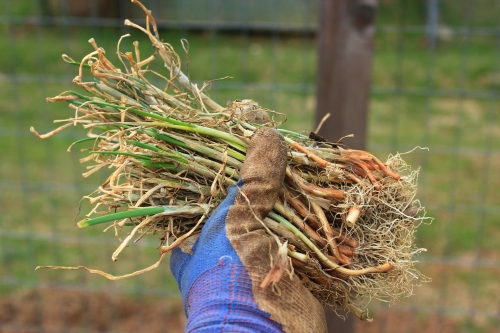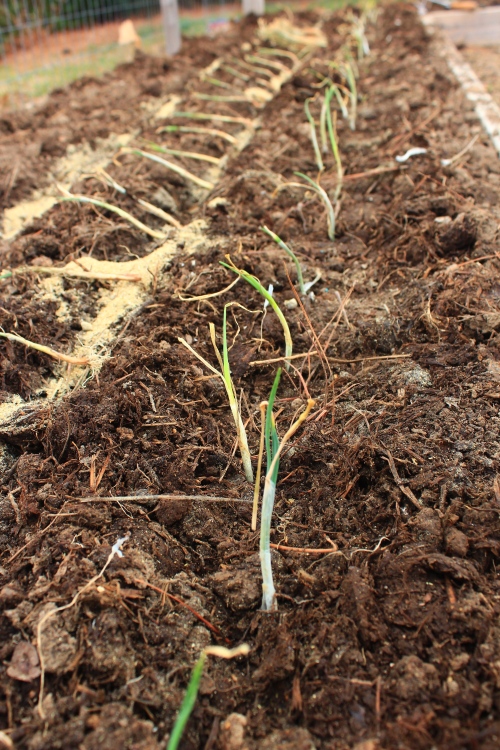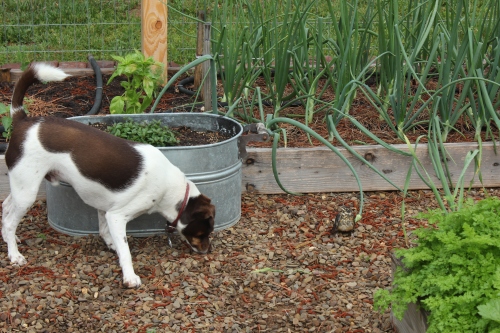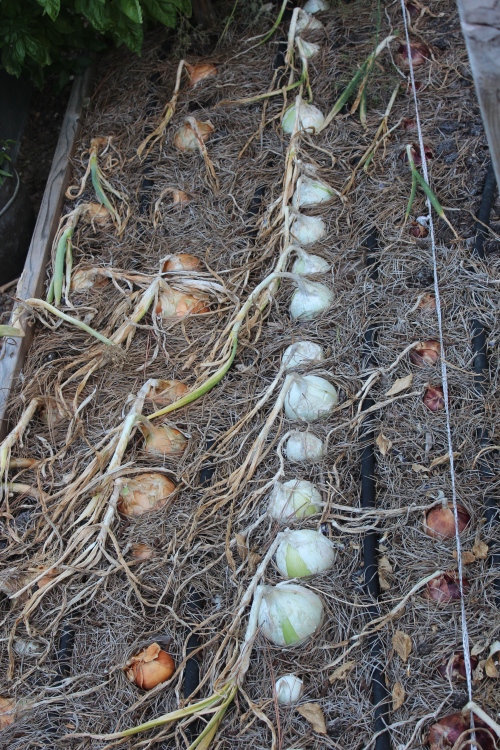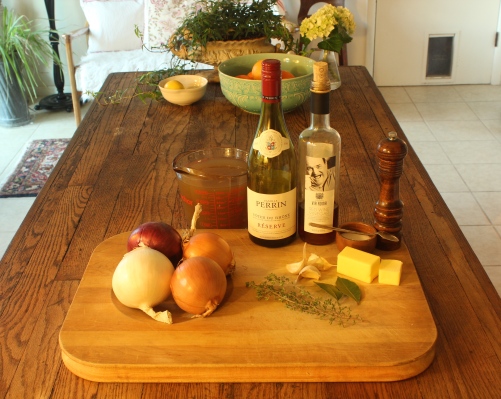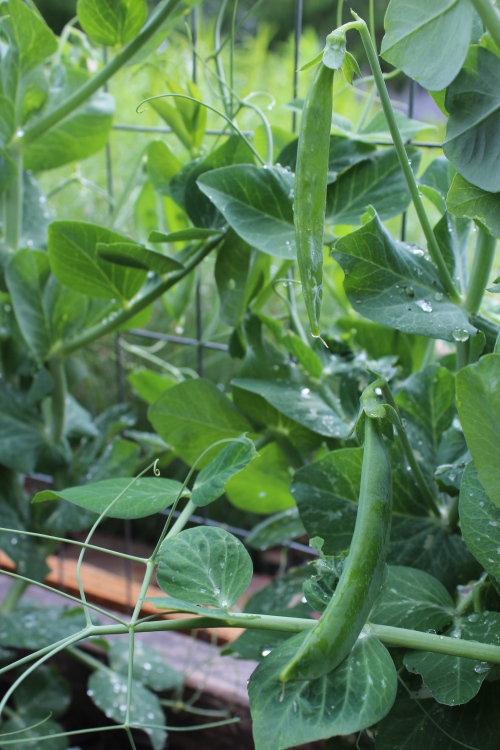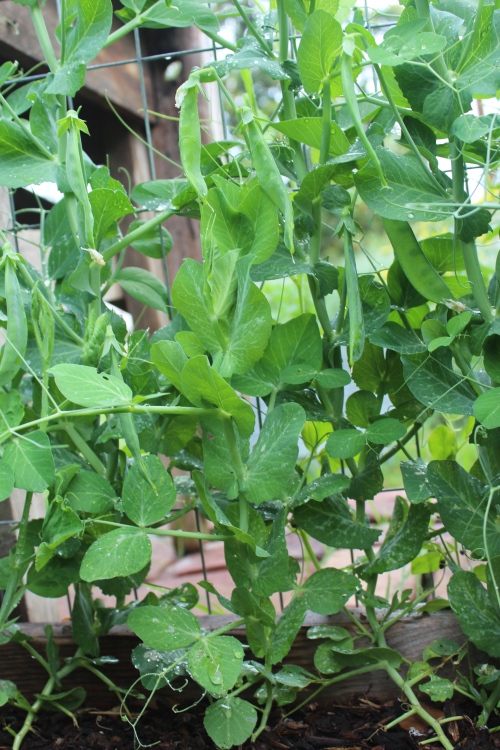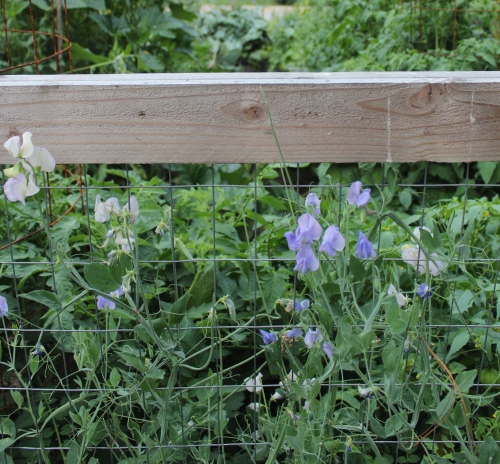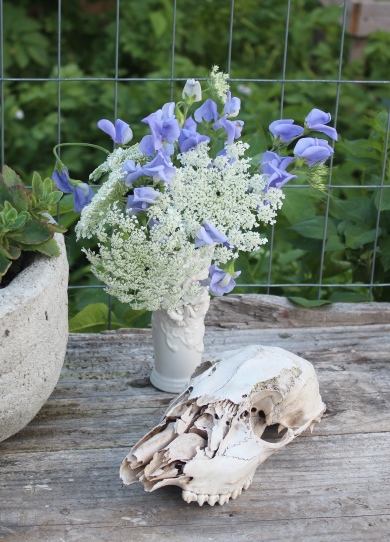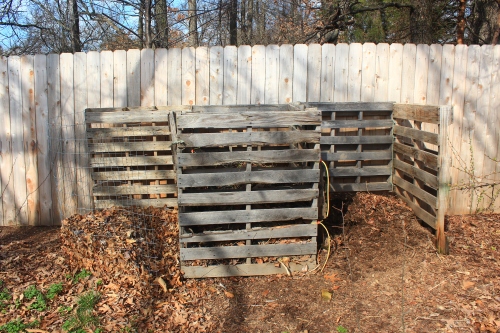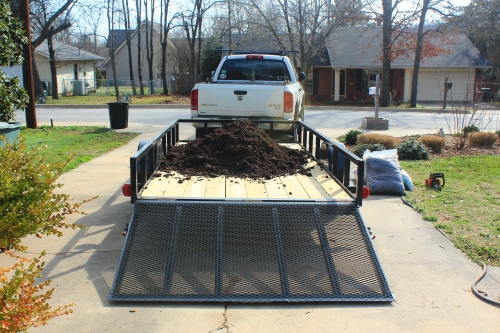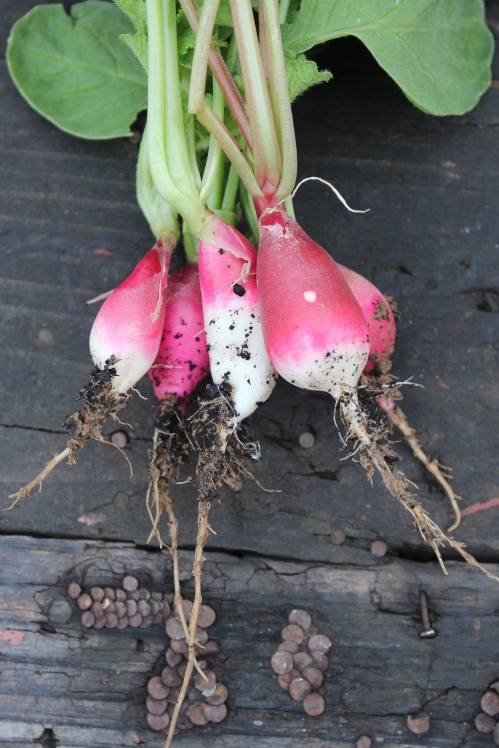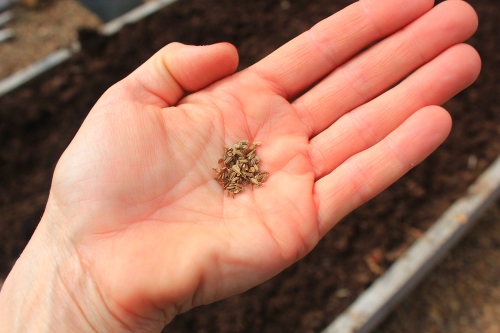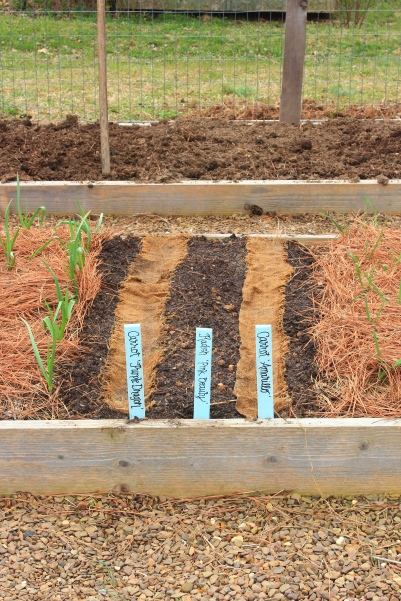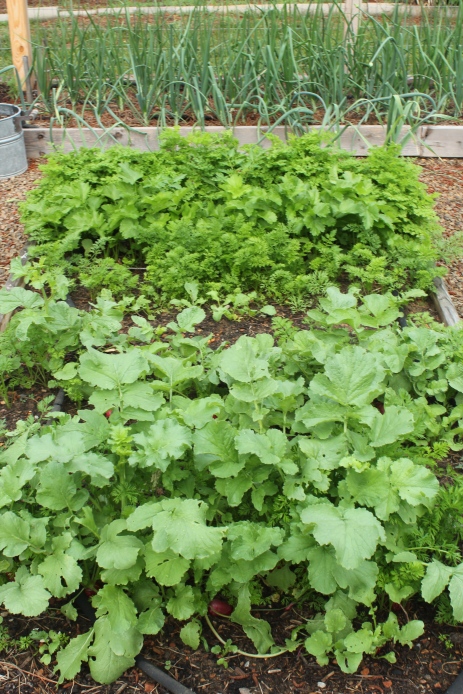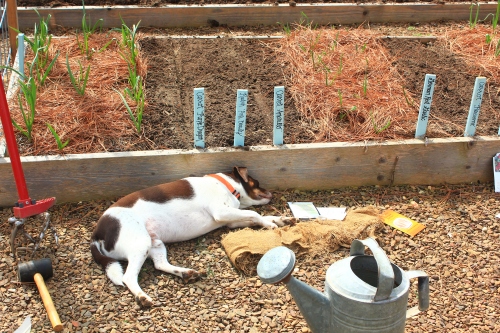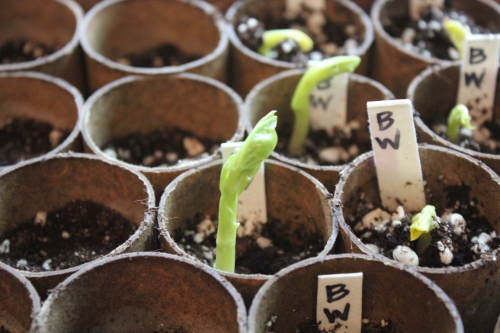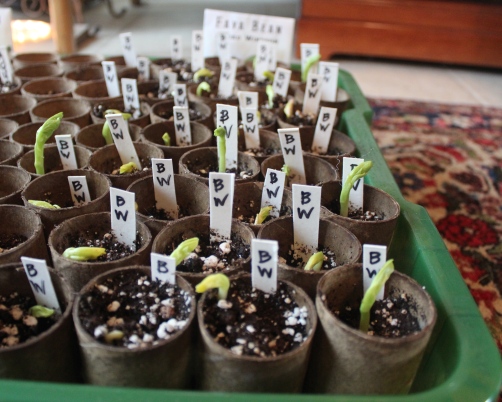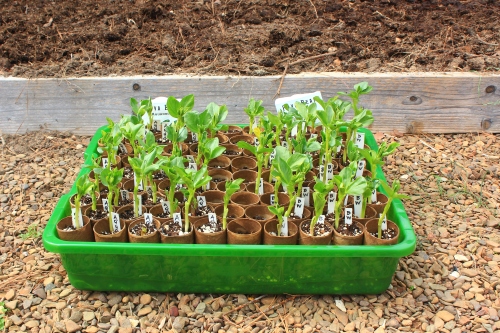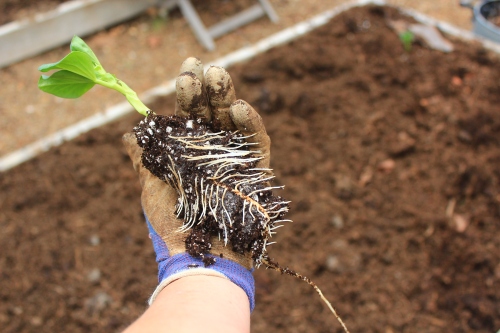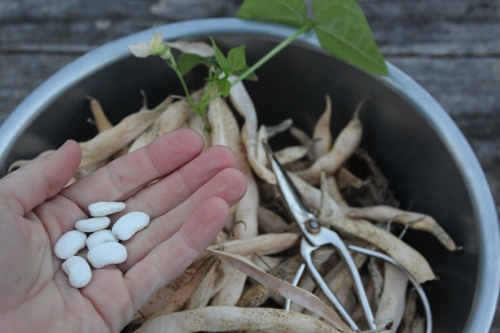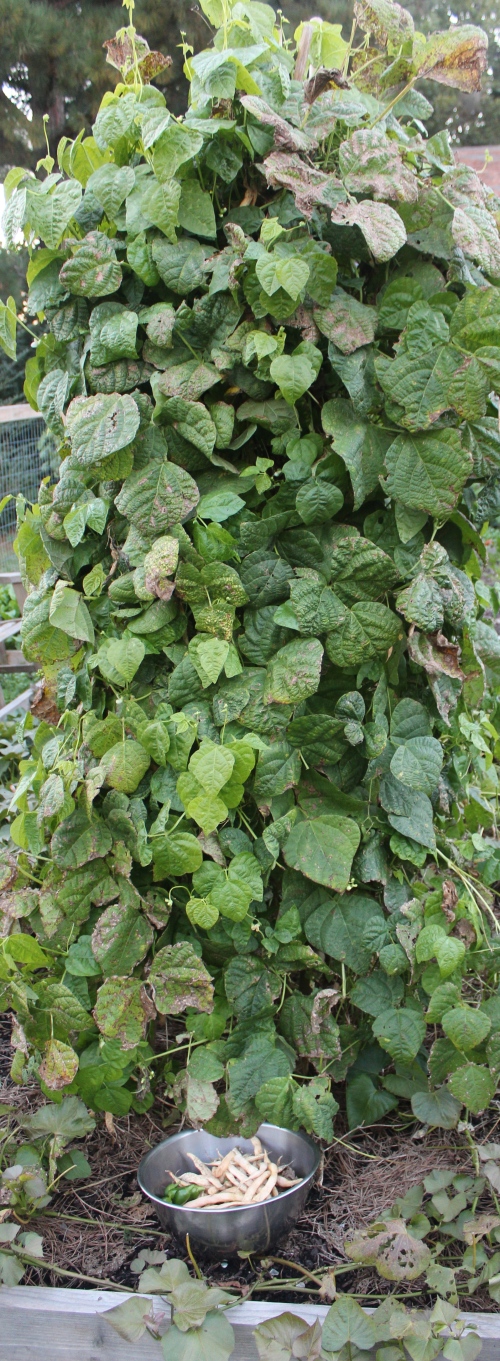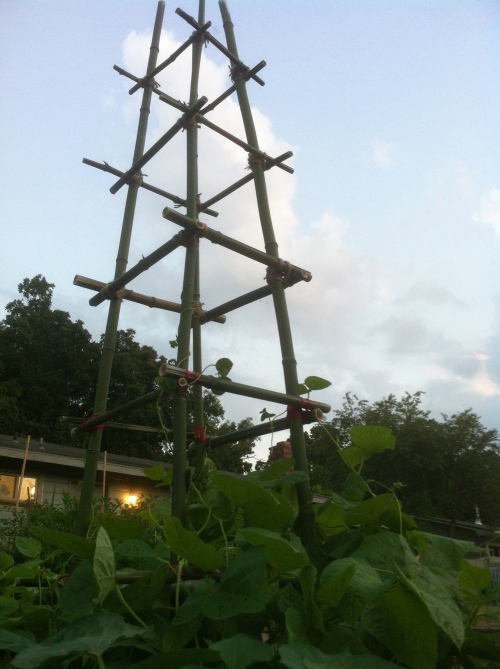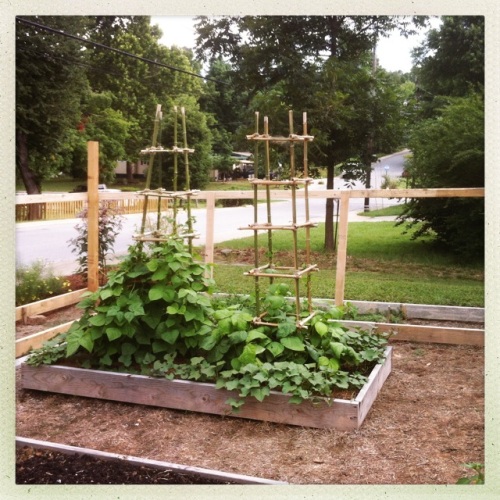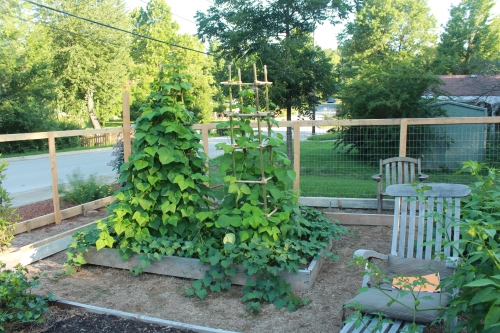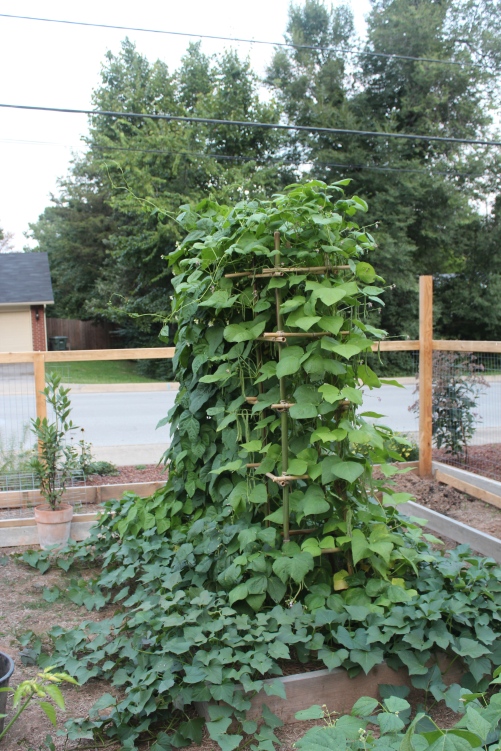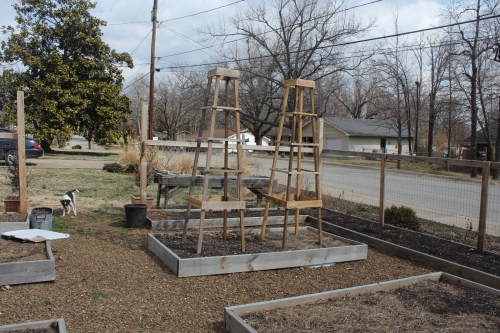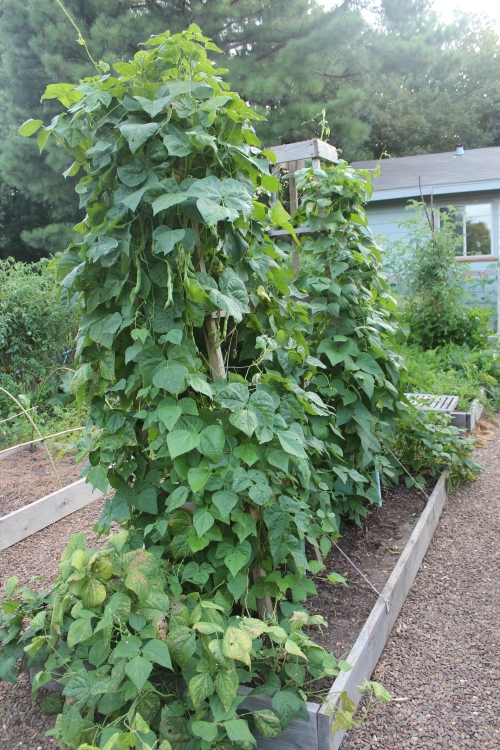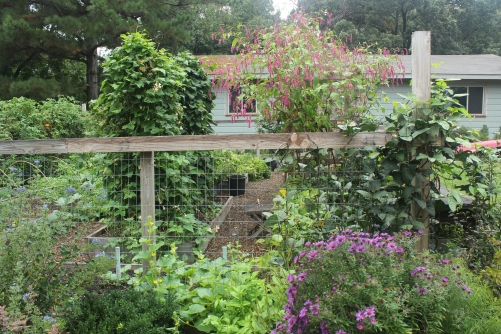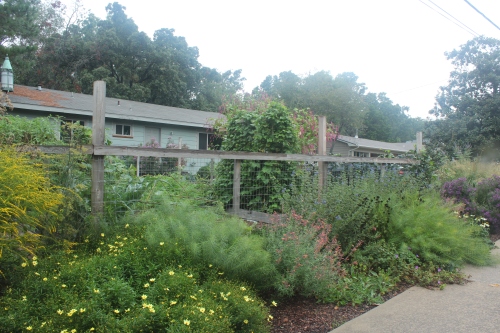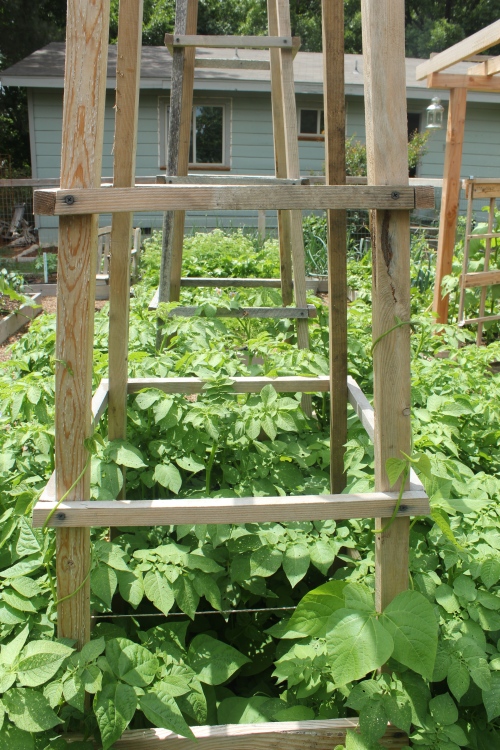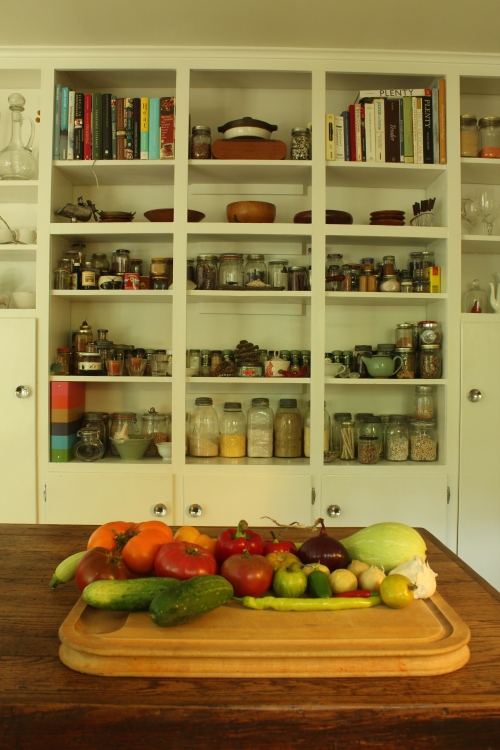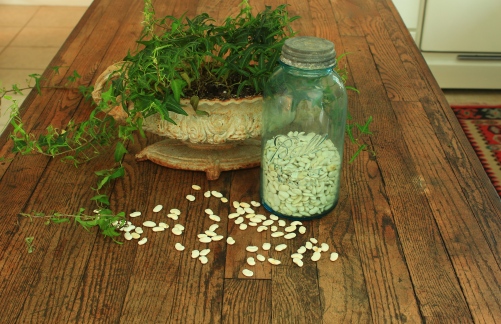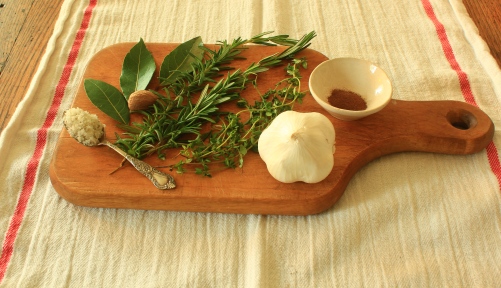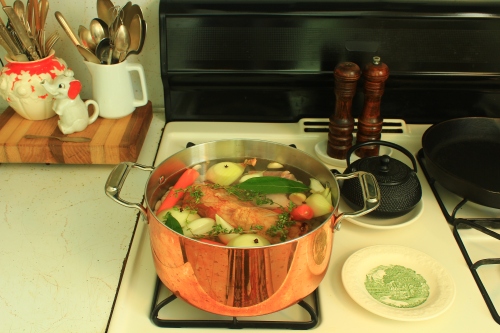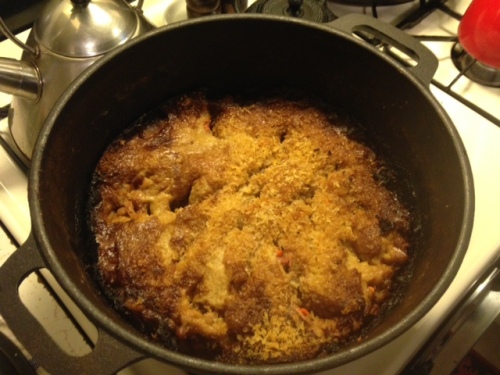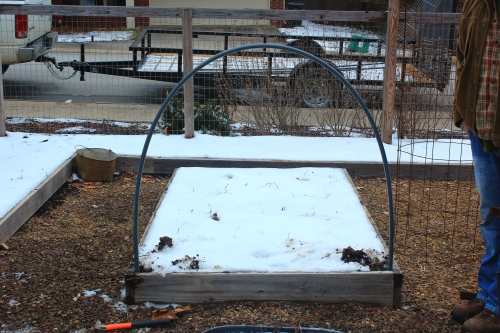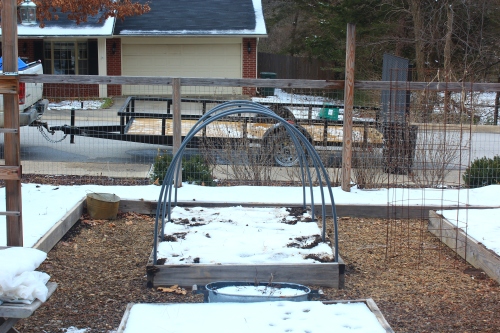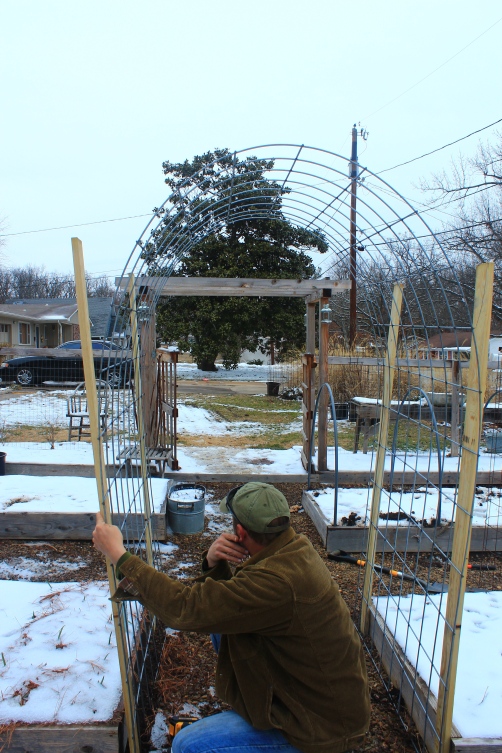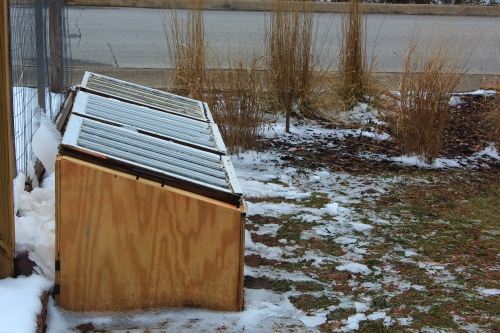It amuses me how fondly I feel towards things that I grow from seed. It’s not like I did anything but place them in moist dirt, put them under lights, and then watch expectantly for signs of life. But when the ground breaks and that green (or sometimes purple) life begins to emerge like a chick from an egg, often still donning the husk of it’s seed like a nightcap, something erupts in me. Is it my ego, my untapped maternal instinct looking for a subject, or is it merely human impulse to feel protective towards something nascent? I don’t know the answer, but I love my tomato seedlings.
I started these babies March 28th. I filled clean 4” plastic pots with sterile potting mix, watered it well, and using tweezers, inserted a seed just off each corner.
I find tweezers pretty indispensable around the house. When I was renovating, I was surprised how many times they were the perfect tool for the job, from removing that last tiny piece of blue masking tape to removing a splinter from under my fingernail. (Doorjamb, scraping.) Now they live in a little box of important tools that I keep in my kitchen. And they come in handy all the time.
According to Clyde, the time to plant tomatoes is May 17th.
Clyde’s garden planner is a really cool tool. I ordered it with my seeds two years ago from Baker Creek (http://www.rareseeds.com). It has a spring side and a fall side. On the spring side, you slide the red line to the final frost date you’re working with, I use the 19th, si indicates when to start seeds indoors and FP tells you your first planting date. Timing is half the battle in gardening and I’ve found that having this general guideline is extremely helpful. And it only cost $3.00!
Clyde recommends May 17th. Last year we planted tomatoes May 8th. This year we planted them May 2nd. This was mostly because as much as I love my seedlings, I’m not a great parent, and I hadn’t thinned them out and given each seedling it’s own 4″ pot in a timely fashion. They were rowdy pre-teens by now, sharing a bedroom and needing their space. It looks like it’s going to be in the 70’s – 80’s for the next ten days with nights from 57º-65º, so I feel safe planting them. I’ll keep an eye on the weather though, and if it looks like nights will get in the mid 40’s, I’ll scramble around and try to provide some sort of protection. It’s always a gamble.
For some people the entire point of having a garden is the tomato. That’s definitely how David feels. Tomatoes are his thing. And like the other things he devotes himself to, he’s good at it.
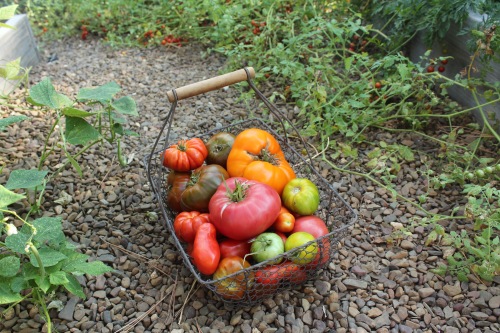
If he had it his way, we’d grow nothing but, many gardeners do. Unfortunately, because I’ve set up my garden on a four-year rotation, with a quadrants for Leaf, Fruit, Root, and Legume, only a quarter of the garden is devoted to Fruit. Which means we have to cram tomatoes, peppers, cucumbers, squash, eggplant, and okra into a quarter of the garden. We’re talking prime real estate. And because I would not have the garden that I do, if it weren’t for David, he gets a lot of room for his tomatoes.
There is truly nothing like a homegrown tomato.
As Guy Clark sings-
Homegrown tomatoes, homegrown tomatoes
What’d life be without homegrown tomatoes
Only two things that money can’t buy
And that’s true love and homegrown tomatoes
I was pleased to discover that since 1987, the South Arkansas Vine Ripe Pink Tomato has been Arkansas’ official state fruit and vegetable.
Growing tomatoes is a very personal endeavor. From the kinds you choose to grow, to how you grow them, and what you do with them once they’re ready, every experience is a unique one.
Just to give you an idea, the Baker Creek Whole Seed Catalog has more than 30 pages of tomatoes to choose from! Red and yellow, black and white. Green, orange, blue, and pink. Members of the Seed Savers Exchange (http://www.seedsavers.org) have access to 4,863 varieties!
This year we are growing eight kinds of heirloom tomatoes. That may seem a little ridiculous but considering how many we narrowed it down from, I feel pretty good about it. We are growing four beefsteak, two sauce, one cherry, and one for drying. We’ve grown six of the eight before, and two are new to us. A beefsteak tomato is a large, meaty, slicing tomato. David likes them the best.
This year we are growing Paul Robeson again. This was the favorite in our unofficial taste trials last year. It’s a black tomato with a complex, smoky, sweet, flavor. It’s rich and meaty and special. It’s named after a special guy too. Paul Robeson was a black actor and singer. He was also a lawyer and civil rights activist. He was black-listed during the McCarthy era, but never stopped fighting social injustice. He was a true American hero. Check him out.
Granny Cantrell is new to us this year. According to the Baker Creek catalog, Lettie Cantrell got her seeds from a soldier returning from Germany after WWII. It makes me wonder who he was and how he managed, after what was undoubtedly a harrowing experience, to return home with tomato seeds of all things? Lettie lived in Kentucky and this was the only tomato she grew. This red tomato is rumored to be very productive and in 2006 was named best tasting tomato at the Heirloom Garden Show. I’ll let you know!
We are also growing True Black Brandywine. This is a beefsteak, with what is called potato-leaf foliage. A really beautiful plant. The one we grew last year got uprooted in a high-wind and never produced very well. And it was yellow, which was a surprise. The year before we grew pink brandywine. Such beautiful fruit! My dream vision of a tomato is a brandywine. Perfect in it’s imperfection. This year I’m trying the true black. I didn’t grow this one myself because you can always find Brandywine seedlings at our fabulous Farmer’s Market.
The last beefsteak for this year is Dester. We grew this one last year as well. It’s pink, sweet, and delicious. It’s originally from Germany and was saved by a Dr. Herbert E. Dester in Geneva, Indiana. He gave some seeds to his house cleaner Anna, who brought them with her when she relocated to Seymour, Missouri. We got these from Baker Creek.
I love how people save tomato seeds and pass them around!
San Marzano Lungo #2, is a long cylindrical Italian tomato with thick walls and not too many seeds. It has a long history as a great sauce tomato.
Costoluto Genovese is another Italian sauce tomato. Costoluto means ribbed. These are beautiful tomatoes, they make great sauce and are good for slicing as well.
Principe Borghese is a new one for us this year. It’s famous for sun-drying. Hopefully I’ll have the gumption to make some sun-dried tomatoes this summer.
Lastly, I always like to have a cherry tomato. They’re great to toss in a salad or to sauté for a burst of tomato flavor, but the best way is to eat them in the garden warm from the sun. Last year I inadvertently grew four kinds. A couple volunteers of the pear varieties I had grown the year before ended up in the root bed and I let them stay. And I grew a beauty named Tess’s Land Race Currant. Tess won the race, I could not keep up.
My current favorite, and the only one I’ve chosen for this year, is Cherry Roma. They’re about an inch long and have a smoky, sweet flavor. They’re the perfect size to pop in your mouth.
On planting day, we gathered the chosen together and spaced them about 3′ apart.
We gave them a scoop of balanced fertilizer and planted them deeply. This is always a good idea, especially if your seedlings are lanky. They’ll grow roots out of the buried stem and will be stronger and better able to cope when the weather gets warm.
Tomatoes are either determinant or indeterminant. Determinant tomatoes are bred to grow to about 3-4′ and to produce their fruit all at once. Most heirloom varieties are indeterminant. They are true vines that left to their own devices will continue to grow and produce fruit throughout the season. In the past we haven’t done any pruning and our tomatoes have gotten out of control. This year, I’m looking forward to some selective pruning. The idea with pruning is to allow each leaf its place in the sun for optimum photosynthesis as well as to promote air-circulation to ward off disease. When tomatoes get growing they send out side branches, and eventually these get so laden with fruit that the plant can’t support it’s own weight. If these side branches are removed, more energy is directed into the remaining fruit. I’ll be sure to share my tomato pruning experiences with you.
Last year David made cages out of concrete reinforcing wire. It’s 5′ tall and he cut 8′ pieces of it.
He bent them into a circle and secured them.
They lived like sculpture in the garden all winter and here we are again.
It’s been a crazy week, but at least the tomatoes are planted!
I’d love to hear about the varieties that are your favorites.

